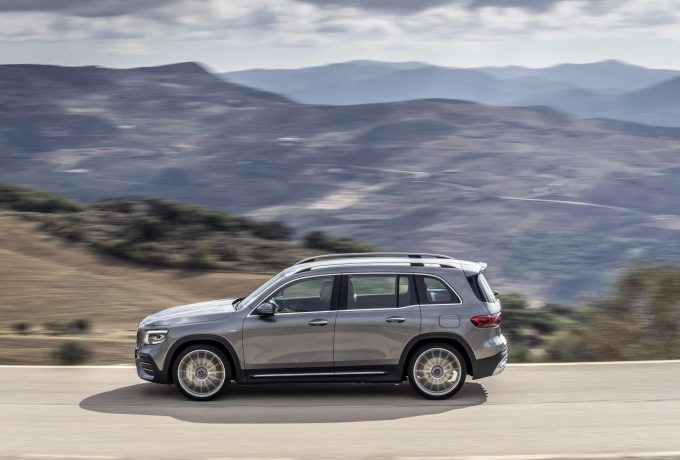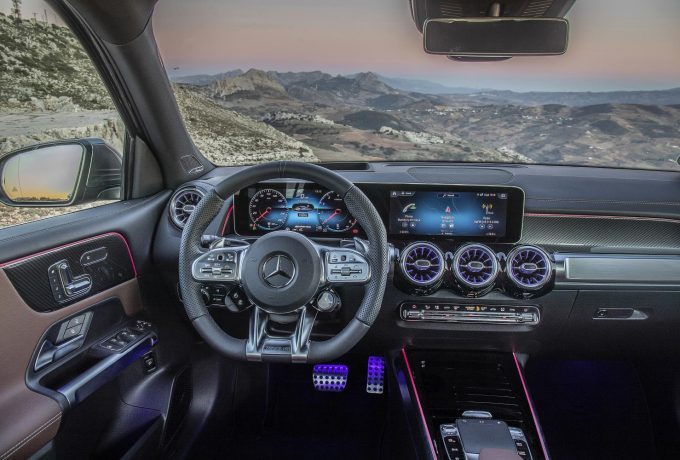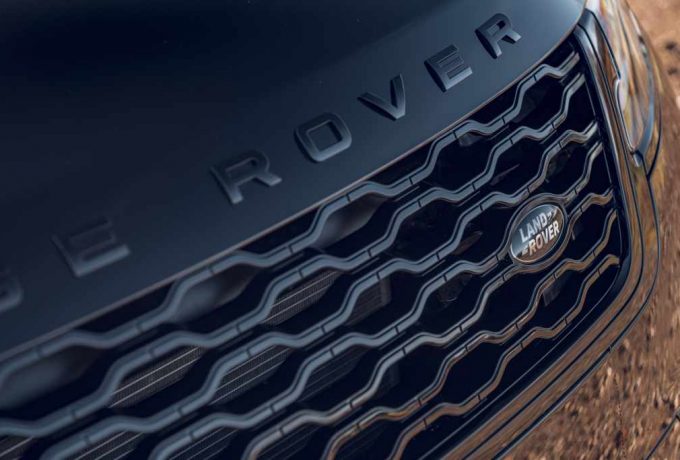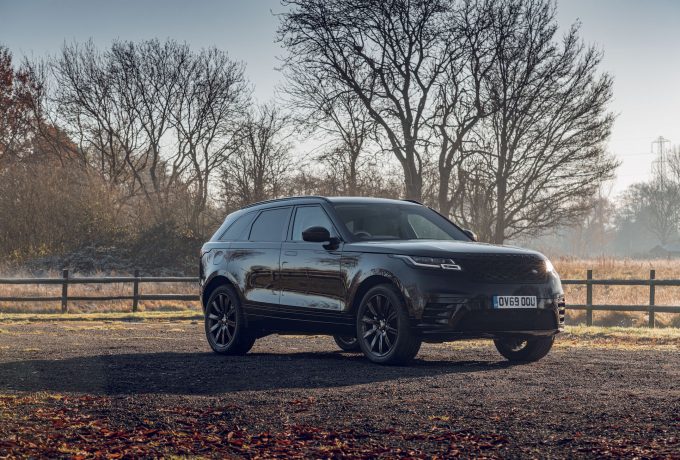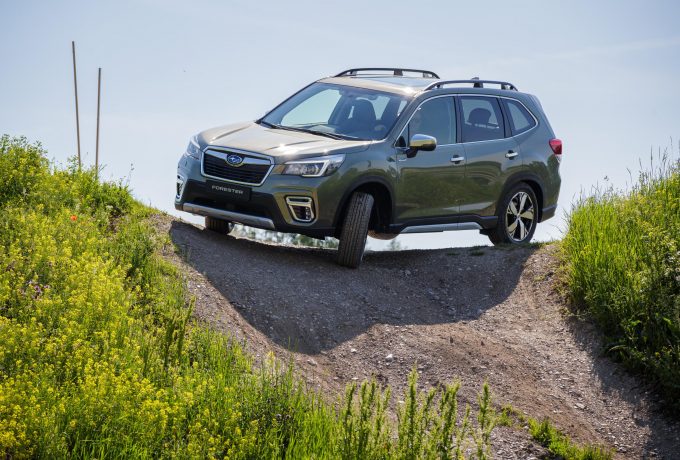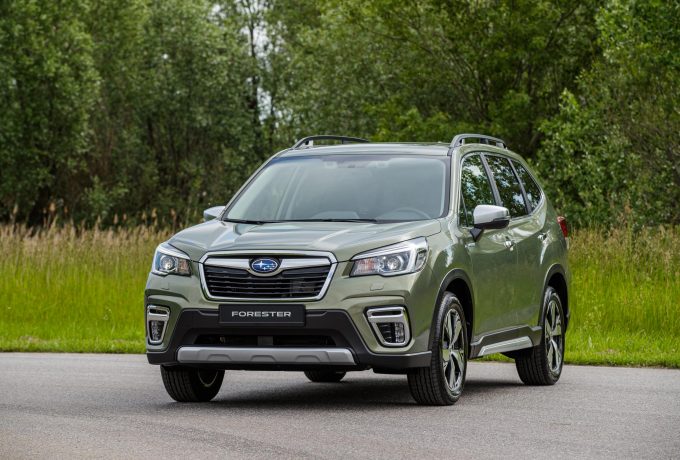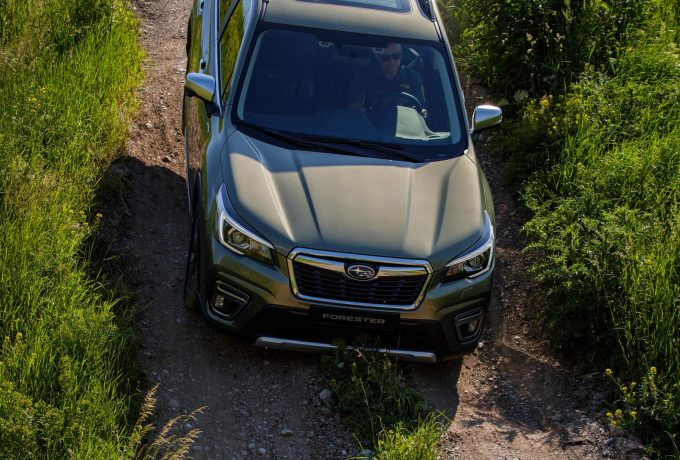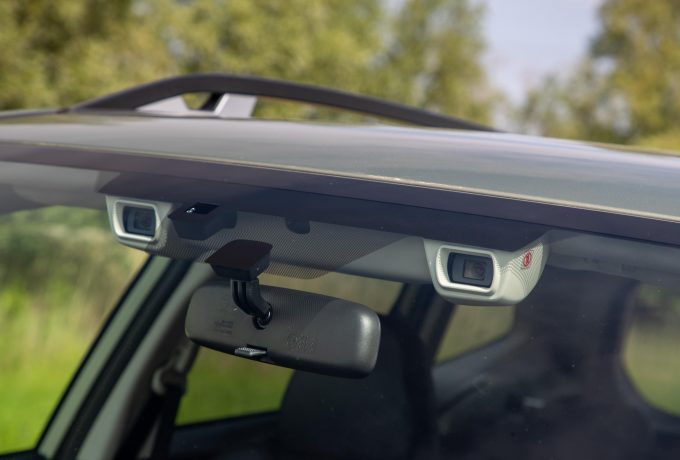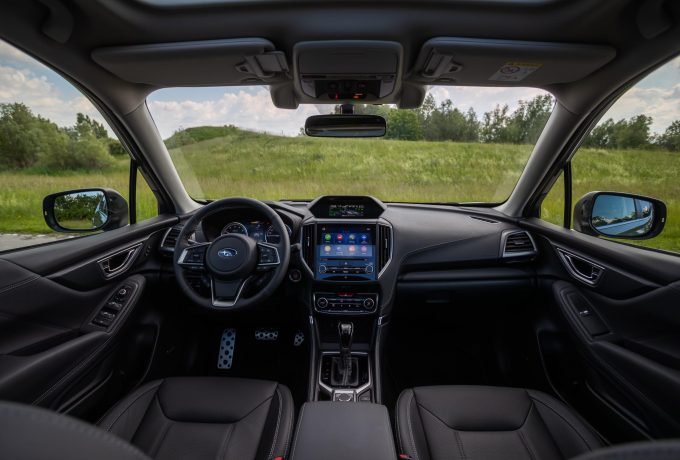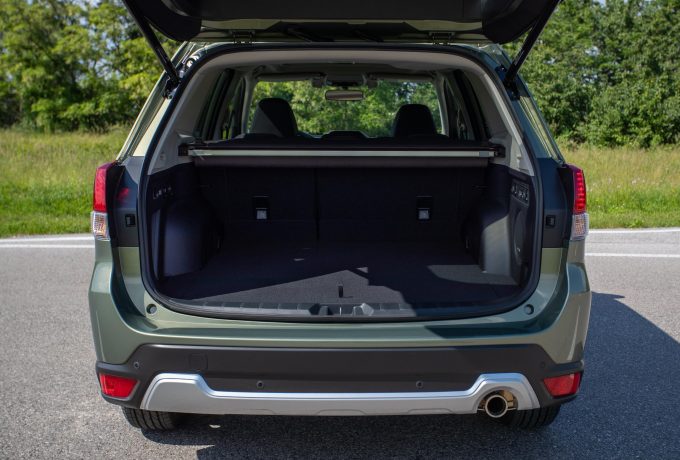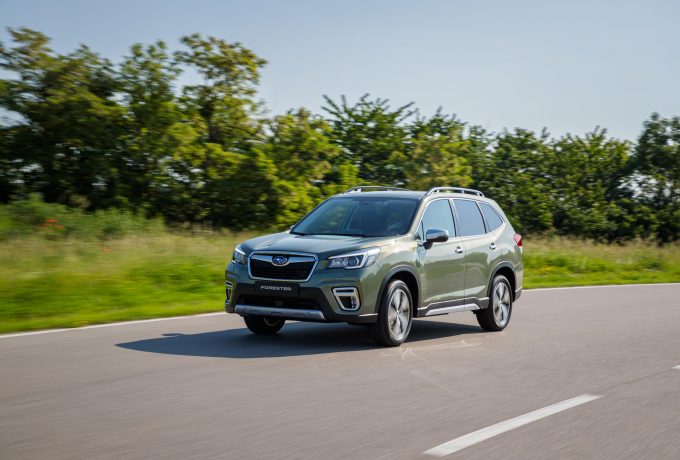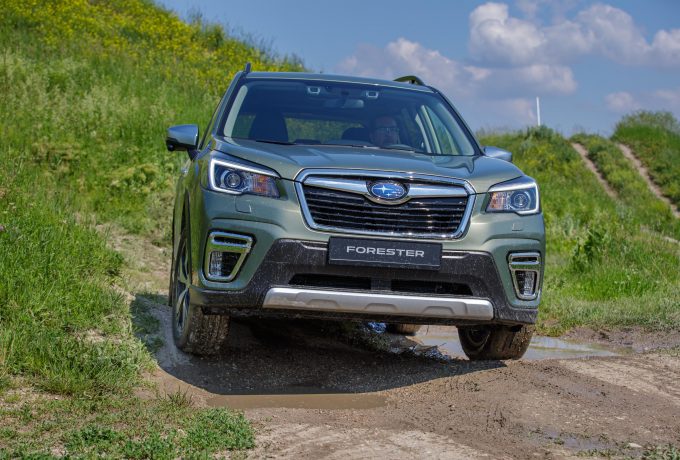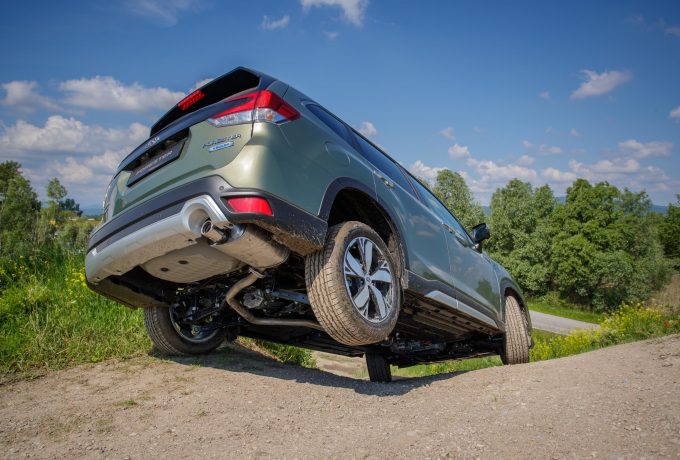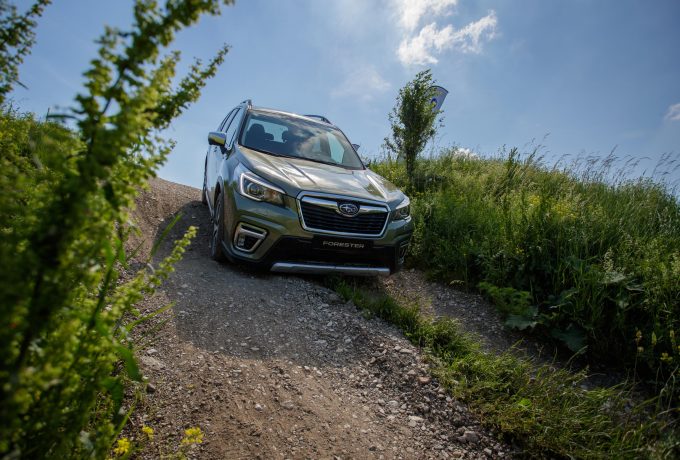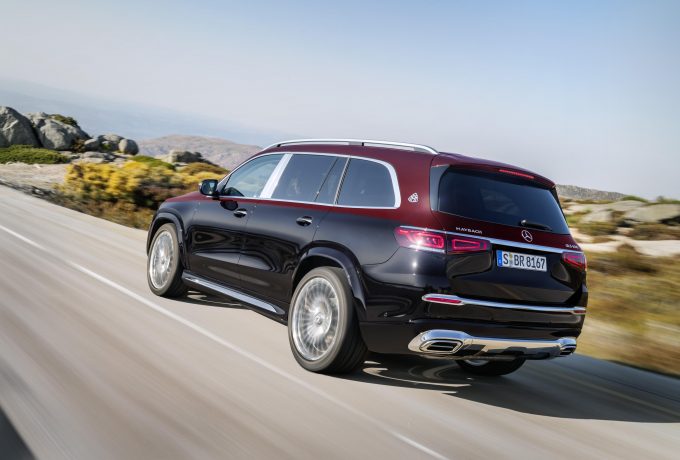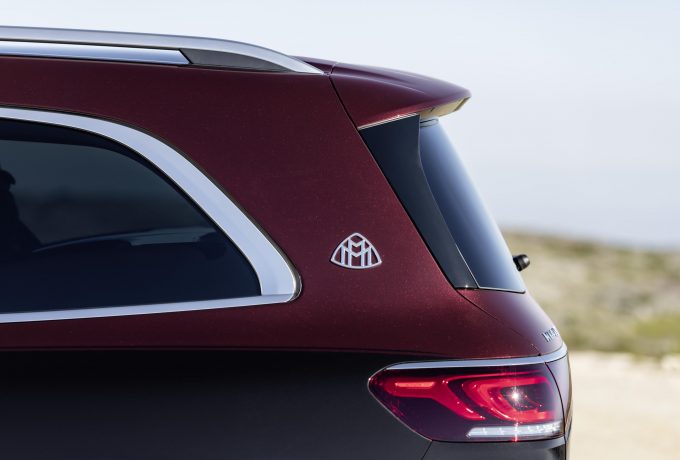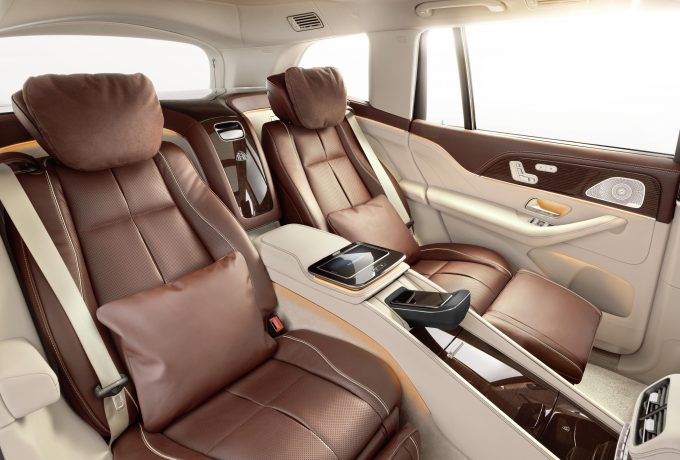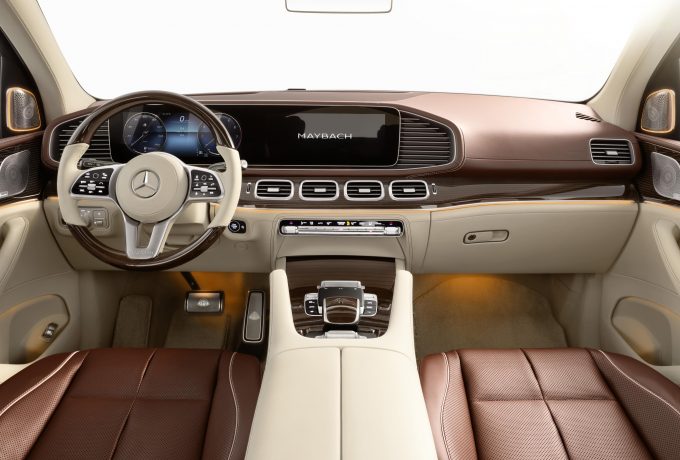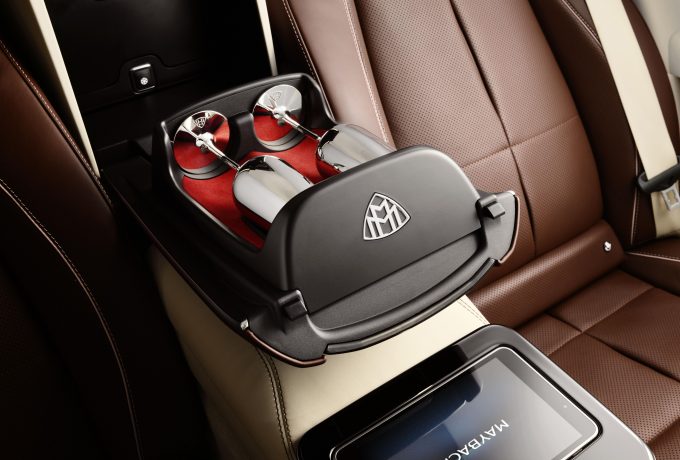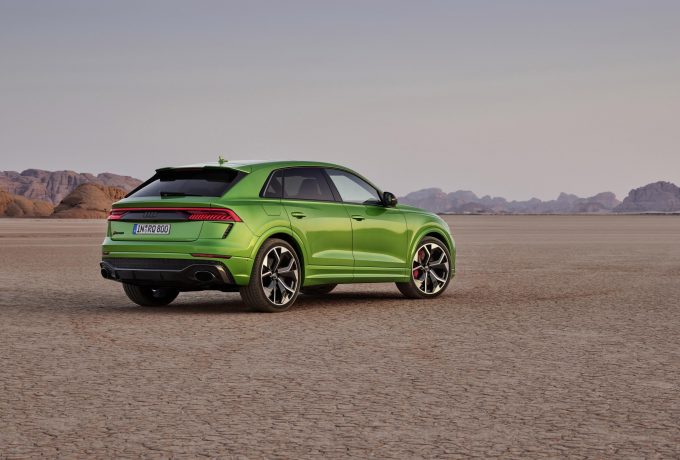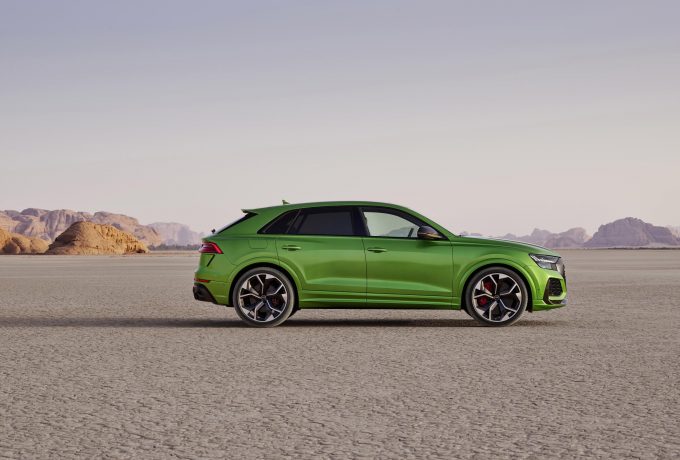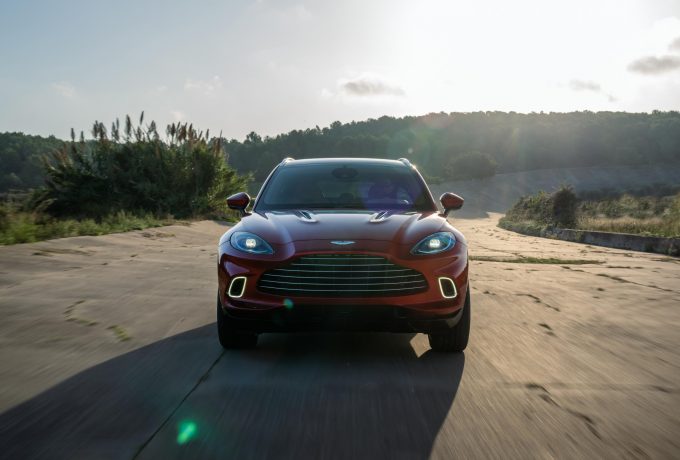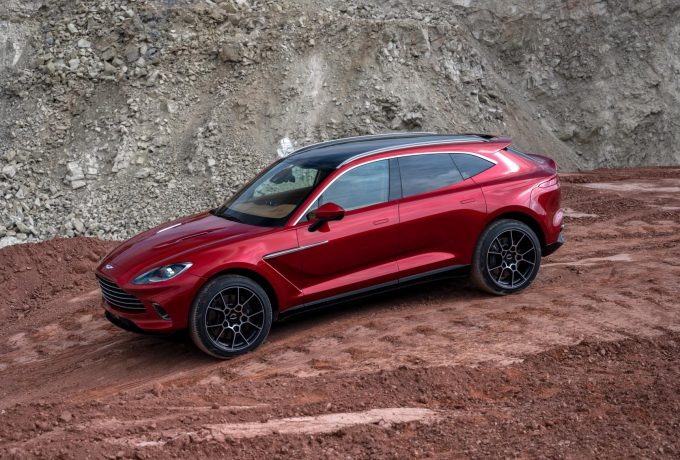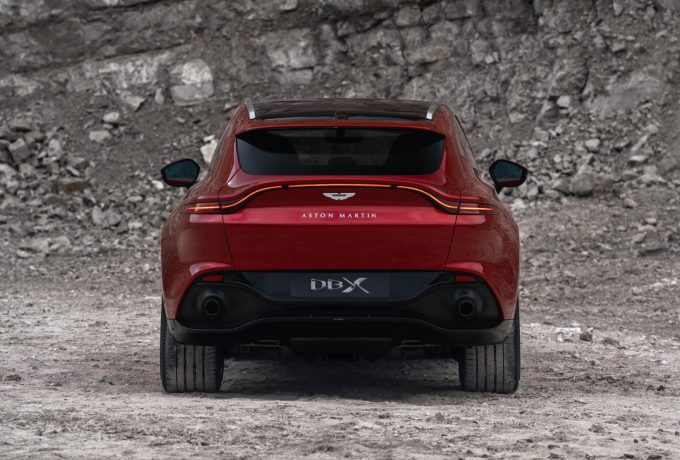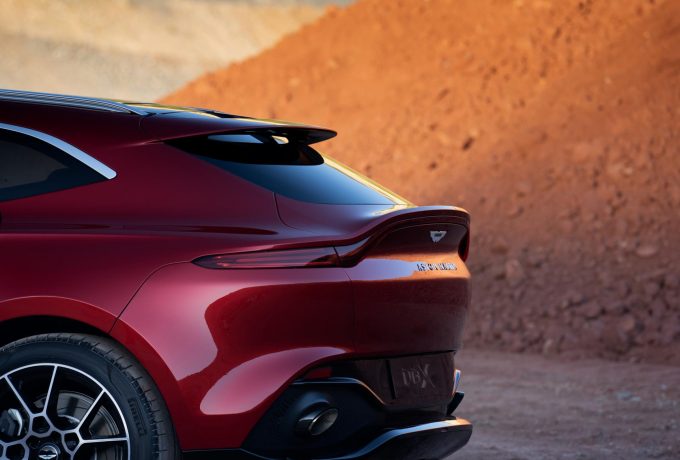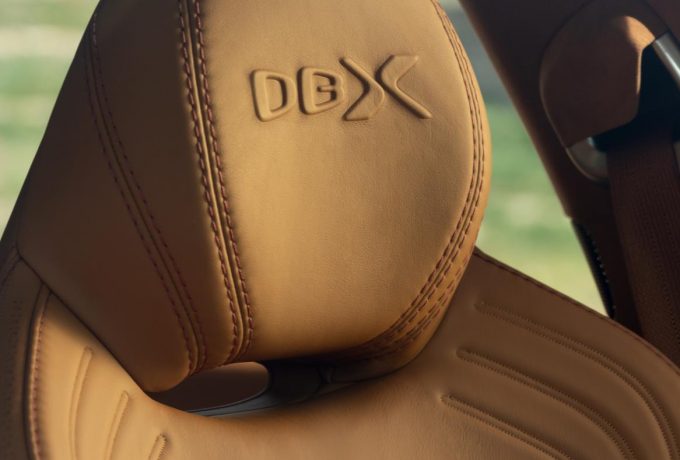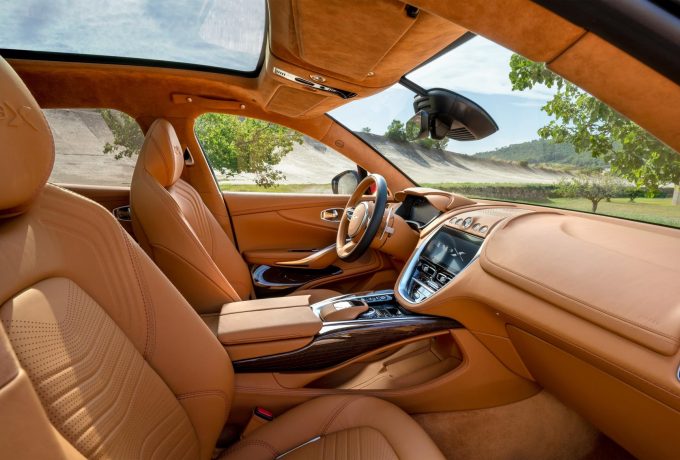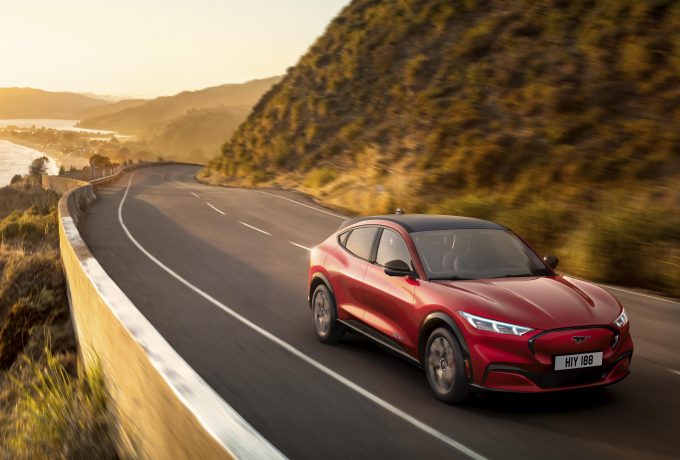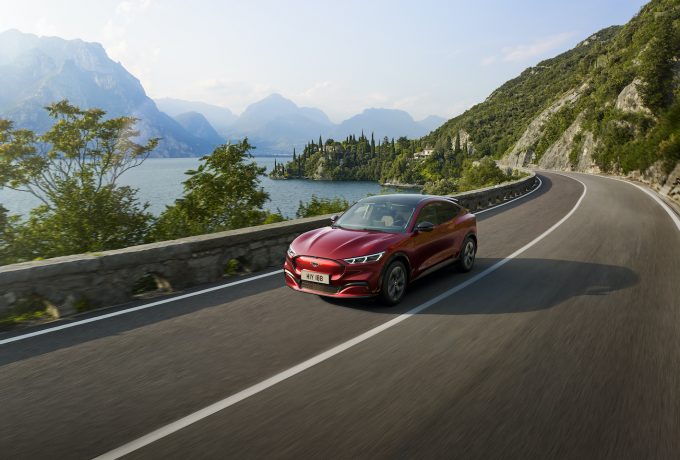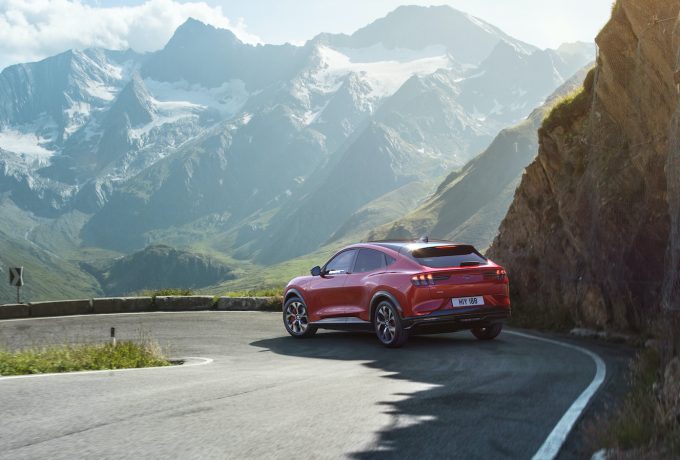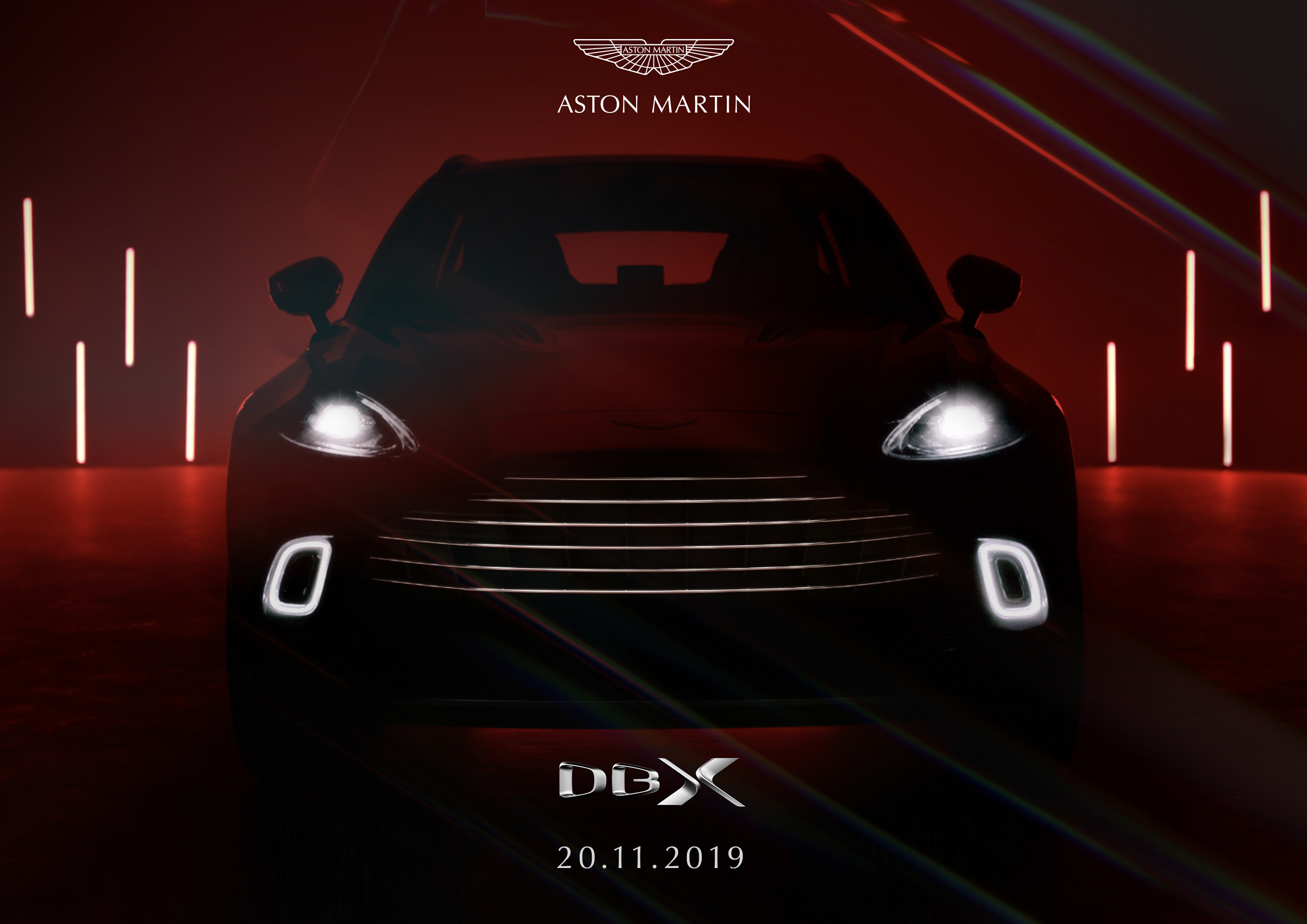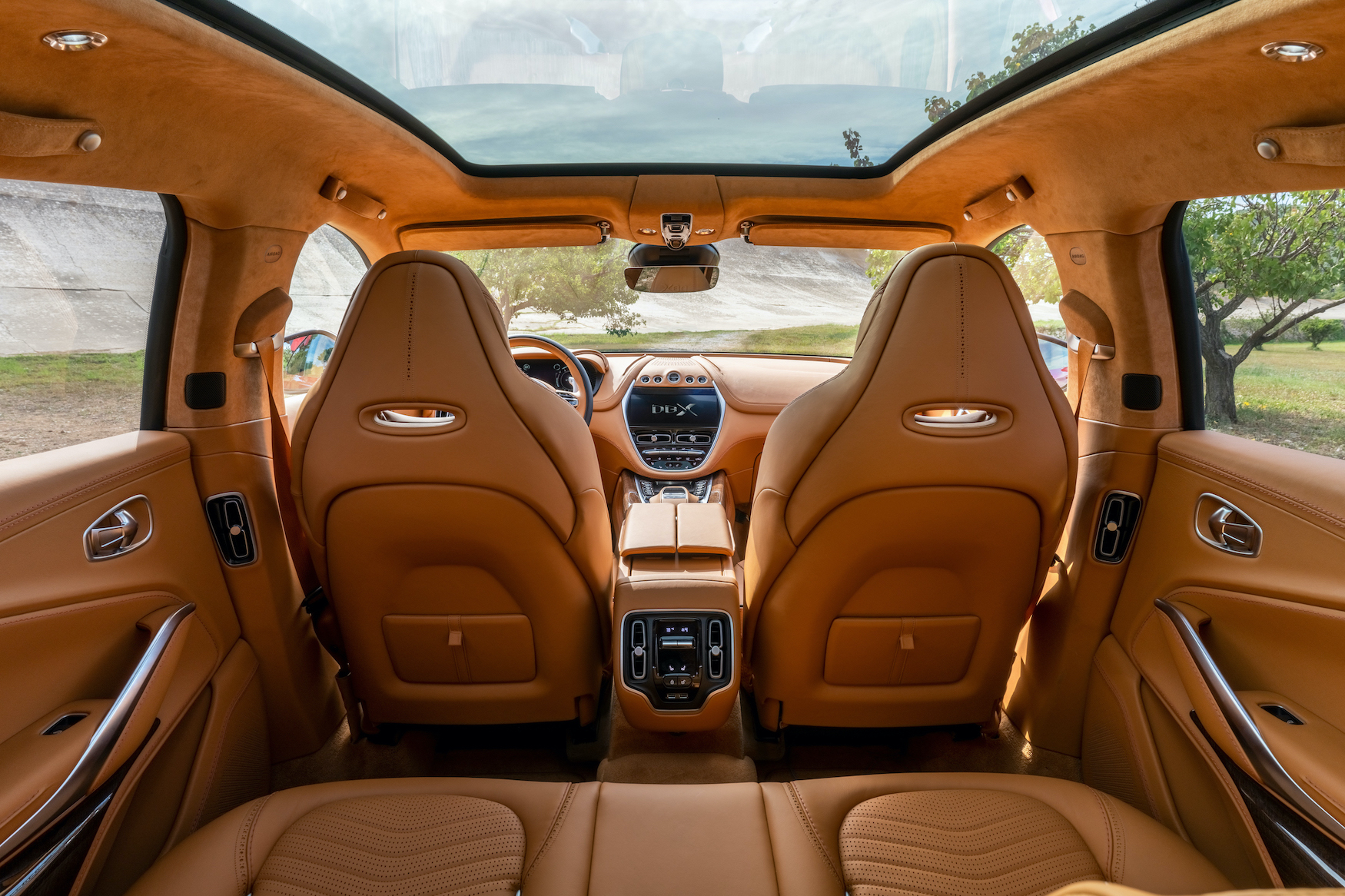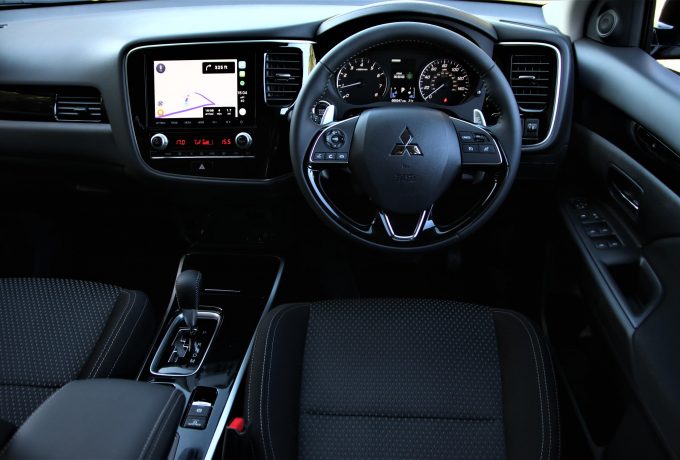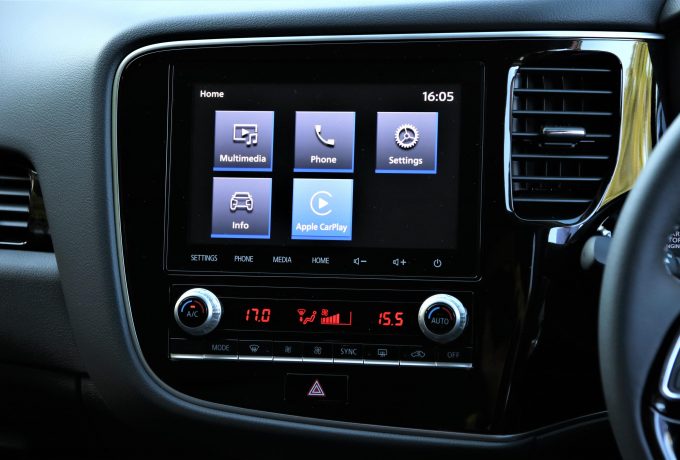Mercedes have released pricing and specification for the latest AMG model – the GLB 35 4Matic.
The GLB on steroids has a 2.0-litre four cylinder petrol under the bonnet, producing 302bhp and 295lbf.ft – these resulting in a 0-62mph sprint time of 5.2 seconds. In terms of economy, the GLB 35 can be expected to get up to 32.5 mpg on the WLTP scale, whilst it emits 171g/km of carbon dioxide.
Helping utilise the engine output is the AMG Speedshift DCT 8G transmission paired to AMG-tuned 4Matic all-wheel drive plus AMG suspension and Adaptive Damping to add further sharpness to the handling.
As with all of the current Mercedes crop, the interior here has plenty of facets it brings to the table. As standard the MBUX multimedia systems, with voice activation, plus a 10.25-inch driver display screen and a central touchscreen of the same size. Augmented reality navigation is also part of the package, as is DAB radio, hard-disk navigation, smartphone integration and wireless charging, too. Only for compatible phones, obviously – the same goes for the Mercedes-Me mobile app. Connected service include a vehicle tracker, parked vehicle locator, remote locking and unlocking and a free 12-month subscription to Tidal music streaming services.
Gismos included in the standard package are smart auto LED headlights, with adaptive highbeam assist; a panoramic sunroof, 20-inch AMG five-twin spoke alloys (obviously in matt black); heated and electronically controlled front seats; a sound system from Burmester and an ambient lighting system with 64 different flavours to choose from.
You get a host of driving aids thrown in, too, as the Driving Assistance package is standard on all AMG GLB 35s. This means you’ll benefit from adaptive cruise, parking assist, active steer assist, an active speed limit assist and clever route-based speed control that slows you down for bends and toll stations. There’s an assist for evasive steering, an active lane aid, blind spot monitoring and an active braking assist.
Surprisingly, the model specific extras list is only a matter of paint. Metallic paint can be added for £595, with six options to choose from. The Patagonia red metallic is another 200 quid on top of that, whilst the exclusive designo mountain grey magno – exclusive to this model – is £1,795.
A Merc dealer will sell you one of these now, with the list price starting at £48,665 OTR and first deliveries are anticipated to take place this summer.




